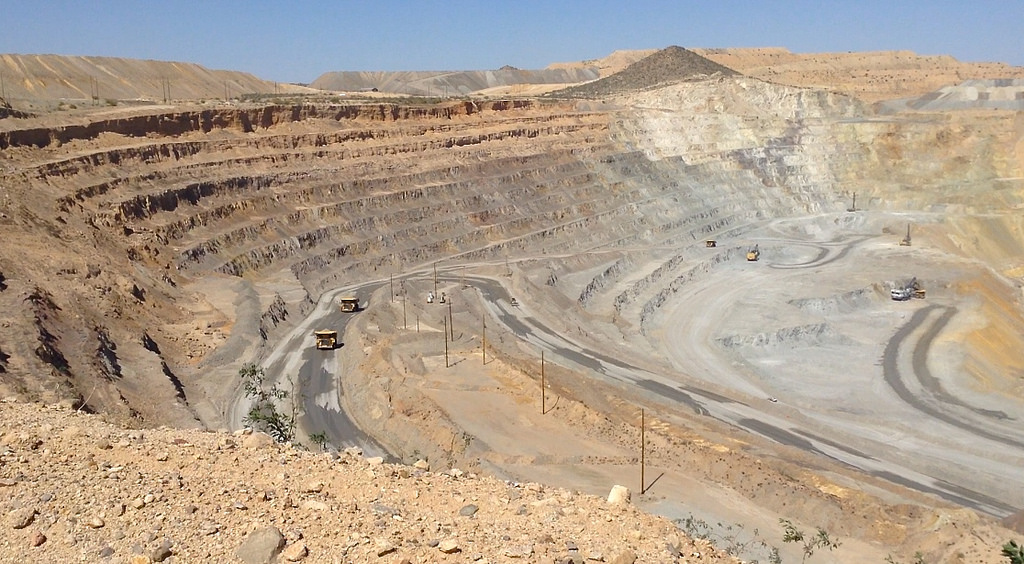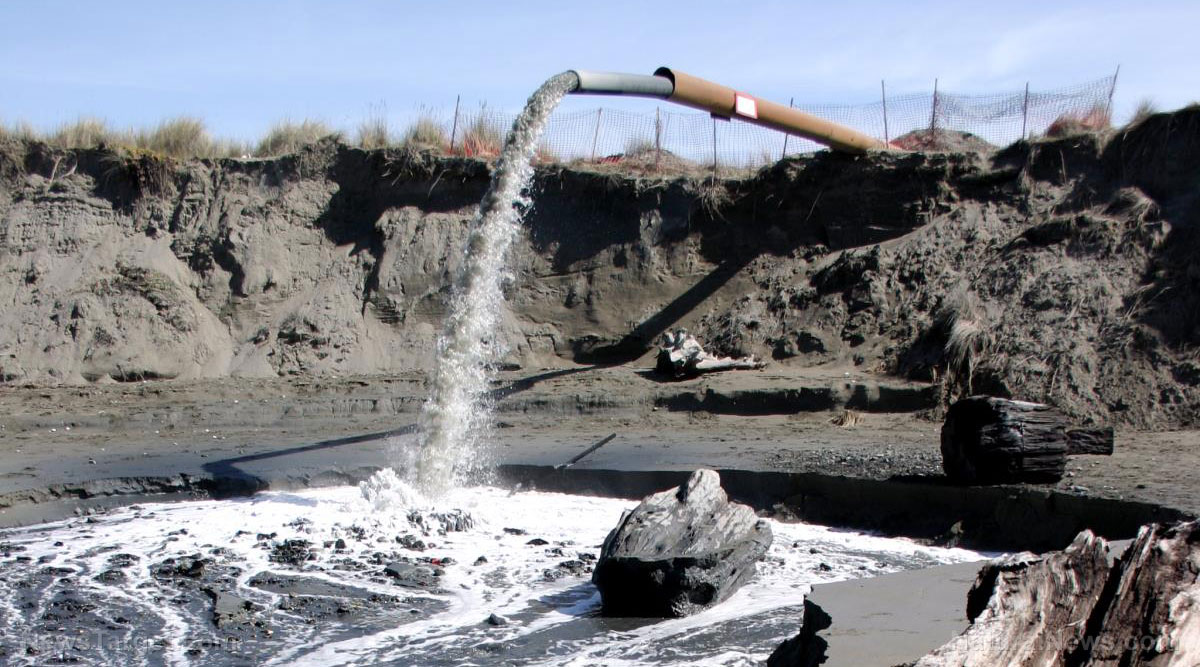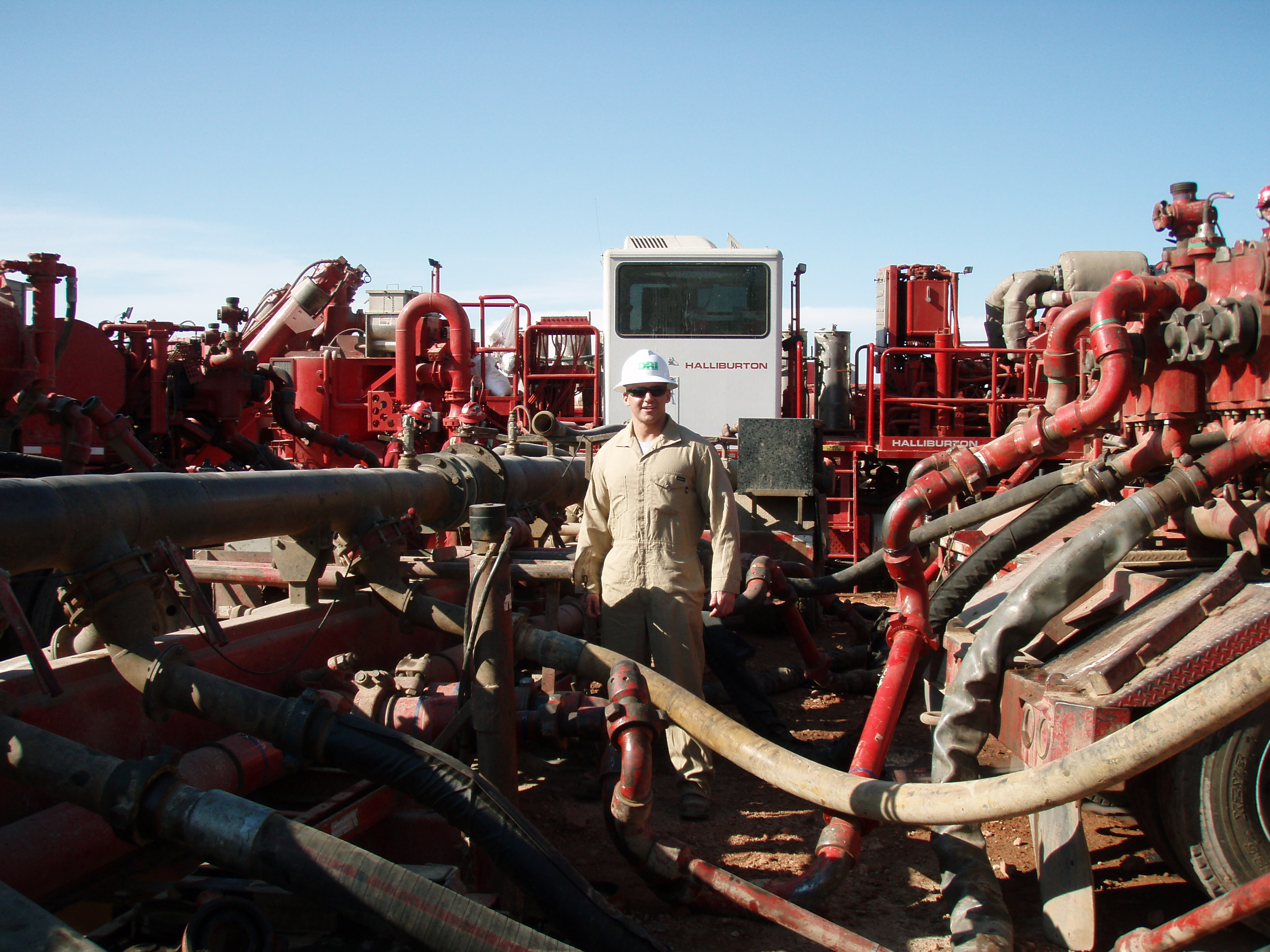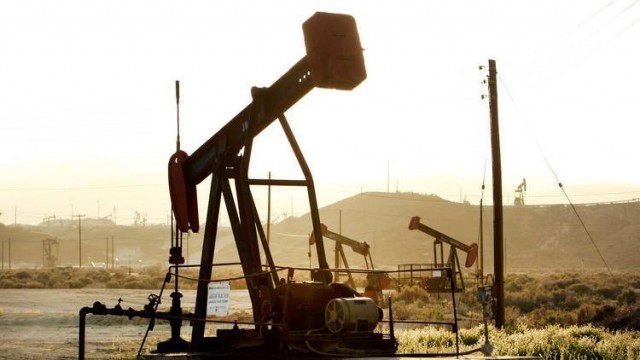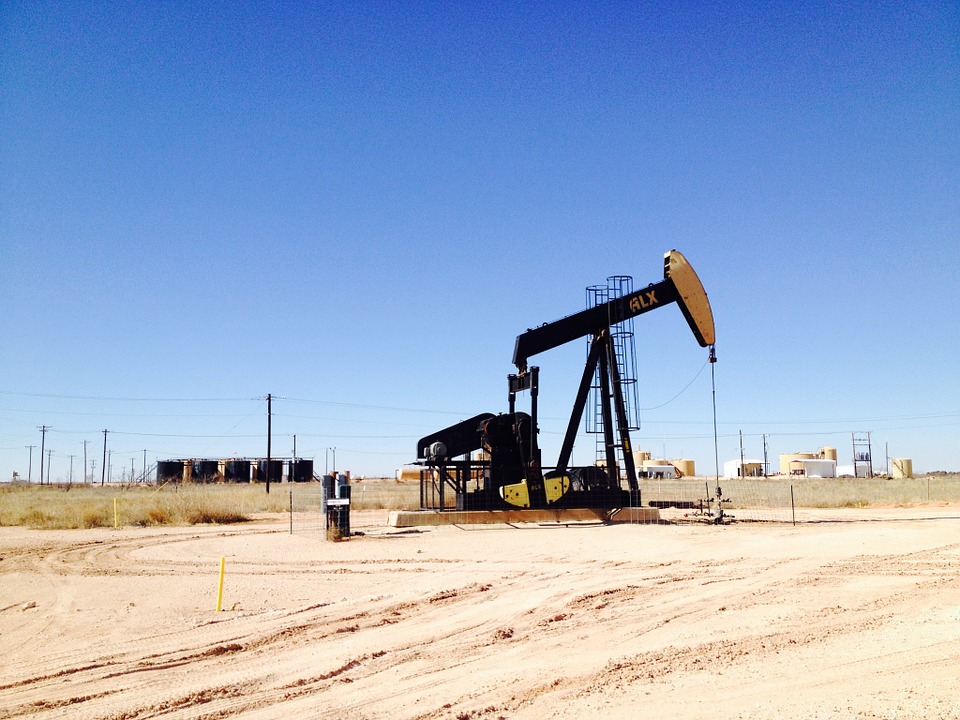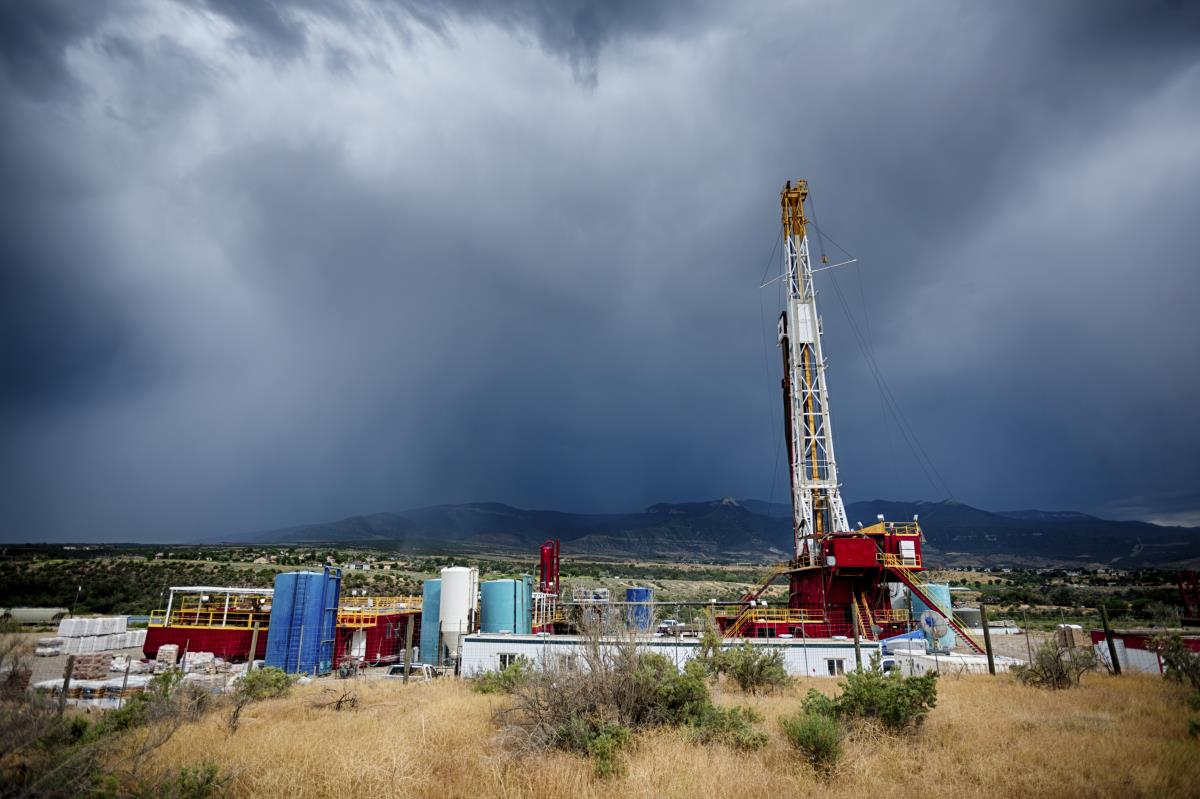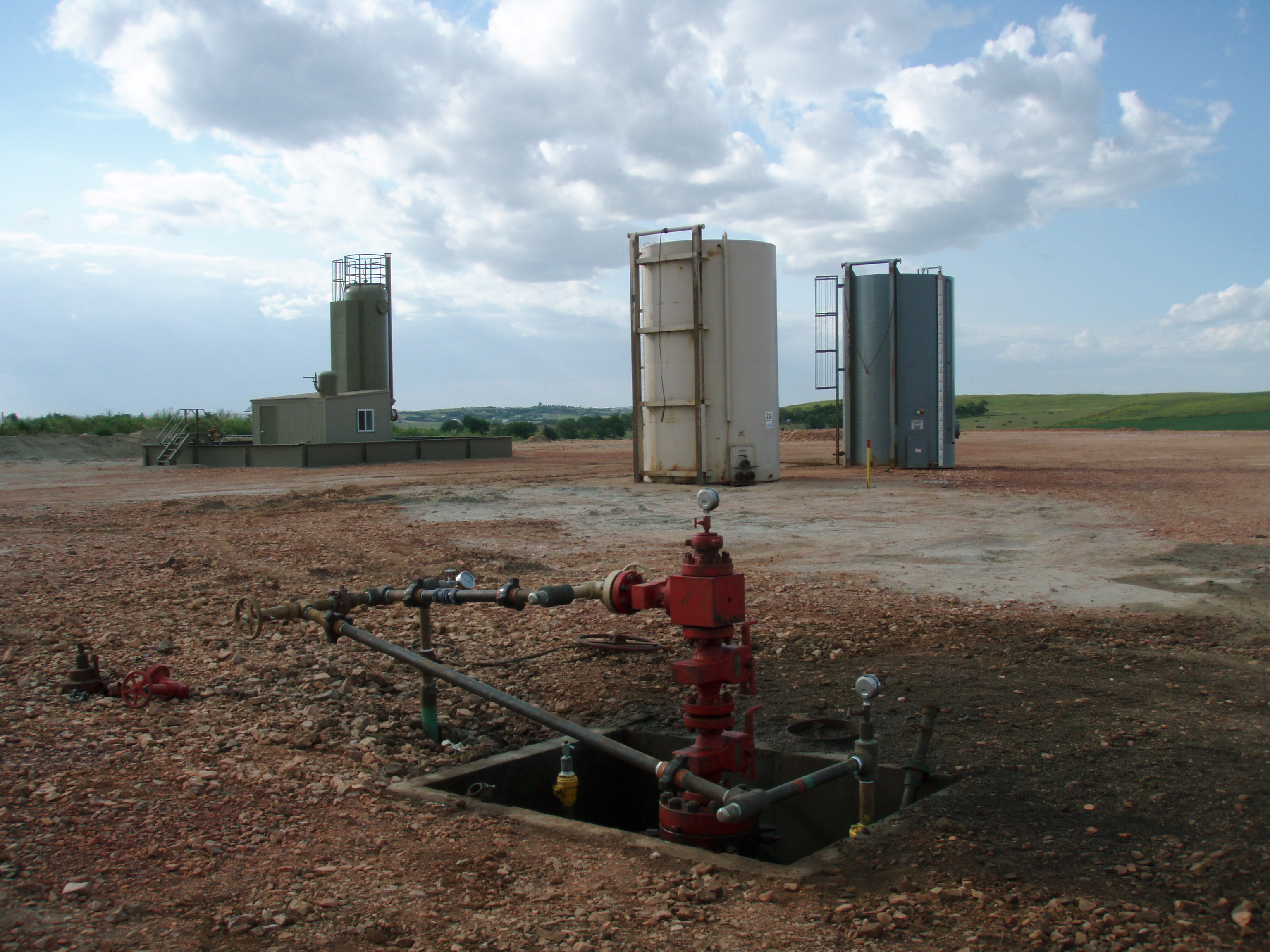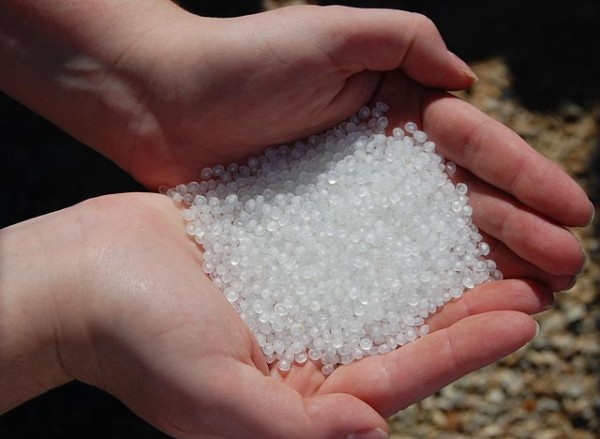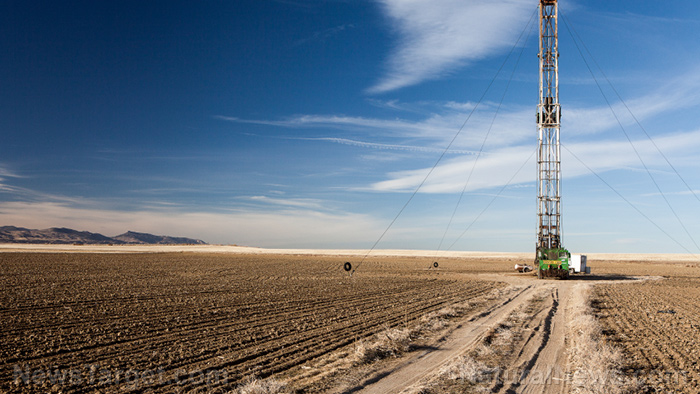PROOF: Earthquakes in Colorado and New Mexico a few years ago were caused by oil and gas wastewater injections
02/05/2019 / By Frances Bloomfield

The increase of earthquakes along the Colorado-New Mexico border between 2008 and 2010 has been linked to wastewater injections from oil and gas operations. According to Science Daily, this connection was established by researchers from the University of Colorado Boulder, who concluded in a study that the wastewater injections caused underground pressure changes resulting in seismic activity.
Two previous studies have linked these earthquakes to wastewater injections, but this is the first one to correlate underground pressure with earth tremors that have been wracking Colorado and New Mexico. “We have shown for the first time a plausible causative mechanism for these earthquakes. The spatial patterns of seismicity we observed are reflected in the distribution of wastewater injection and our modeled pore pressure change,” said lead study author Jenny Nakai.
To come to this conclusion, the team analyzed publicly available well water injection data provided by the Colorado Oil & Gas Conservation Commission, as well as measurements captured by seismometers from the EarthScope USArray Transportable Array. Based on the information gathered, the team drew a connection between injection volumes and the earthquakes, the majority of which had gone undetected by the U.S. Geological Survey. Moreover, the data collected by the seismometers showed two years’ worth of seismic activity, giving the researchers enough information to map fault lines and model pore pressure in a layer of rock several miles beneath the Earth’s crust.
This layer, called the “basement rock,” has been known to play a role in the creation of earthquakes. Pore pressure, meanwhile, was defined as the groundwater pressure within rock or soil, in the gaps between pores.
“Basement rock is typically more brittle and fractured than the rock layers above it. When pore pressure increases in basement rock, it can cause earthquakes,” study co-author Anne Sheehan explained.
Nakai added that pressure thresholds that ranged between .01 to .1 megapascals were enough to cause seismic activity. A megapascal is a metric measurement unit of pressure, with a single megapascal equaling about 1,00,000 newtons per square meter.
The pressure measurements taken from wastewater wells are said to exceed these numbers on a regular basis. With there being well over 28 wastewater disposal wells in the Raton Basin area, and at least 200 million barrels of oil and gas wastewater having been injected since 1994, it’s no wonder why there have been so many earthquakes throughout the years — as many as 1,800, in fact. Some have even reached measurements of 4.3 on the Richter magnitude scale. (Related: Earthquake scientists have been totally WRONG: Quake risk “dramatically underestimated” warns new report.)
Nakai and her team finished off by stating that more work will need to be done. Although companies within the oil and gas industry have their own recording equipment to monitor earthquakes, the collected data is not accessible to the researchers nor the public.
The results of the study have drawn a wide range of reactions. Dan Haley, president and chief executive officer of the Colorado Oil and Gas Association said in response to the findings: “In Colorado, according to the U.S. Geological Survey, 98.8 percent of injection wells operate without seismicity.
“While we are still reviewing the study conducted by CU, Colorado has a one of the best permitting programs for underground injection control in the country, and requires operators to submit detailed documentation on the geology where they plan to drill or inject water prior to receiving a permit.”
By contrast, geophysicist Justin Rubinstein stated that the conclusion made sense. Rubinstein, himself the lead author of a 2014 paper that pinpointed injection wells as the cause behind Colorado’s quakes, said: “It’s consistent with what my research has shown.”
If you’d like to remain abreast of news revolving around the Colorado-New Mexico quakes, or any news about the environment, then feel free to visit Environ.news today.
Sources include:
Tagged Under: Colorado, Earthquakes, environment, New Mexico, Raton Basin, wastewater injections





